Bakar Fellows Program Names Seven New Spark Award Recipients
From artificial ligaments and a novel approach to cancer treatment to “soft” batteries and a way to give voice to silent speech, new innovations from UC Berkeley faculty are getting a big vote of support from the Bakar Fellows program.
Seven faculty members have been selected to receive the 2022 Bakar Fellows Spark Award, which is designed to accelerate faculty-led research and produce tangible, positive societal impact through commercialization.
The program assists fellows in introducing discoveries to the market by providing research support and immersion in an entrepreneurial environment on campus that ideally will lead to new intellectual property — invention disclosures or patent applications, for example — new licensing agreements or industry partnerships, or even a new company.
In the 10 years since its inception, the Bakar Fellows Program has spawned more than 15 startup companies based on UC Berkeley research.
The new Spark Award recipients and future entrepreneurs for 2022 are:
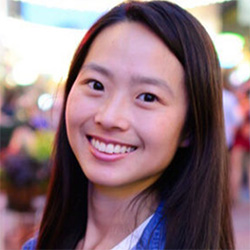
Better ACL repair
Grace Gu, assistant professor of mechanical engineering, is building a new artificial intelligence platform for the design and fabrication of biocompatible anterior cruciate ligaments — the ACL often damaged or torn in sports, side-lining many athletes. Approximately 100,000 to 200,000 people in the United States rupture their ACL every year, but current artificial ligaments fail to match the mechanical resilience of native ligaments, thus facing significant performance loss over time. Gu aims to 3D-bioprint mechanically strong and resilient bioartificial ligaments, with 3D-printed bone at each end to foster a stronger connection.
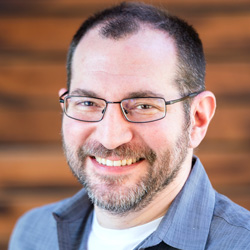
Voicing silent speech
Dan Klein, professor of electrical engineering and computer sciences, is building a device that would allow users to communicate through computers by merely mouthing words, what he calls silent speech. He imagines that the best device for this would be a headset that can track the user’s facial muscle movements through surface electrical signals and translate them into sound on the other end of a Skype or Zoom call, without disturbing people around you or sharing sensitive information in a public setting.
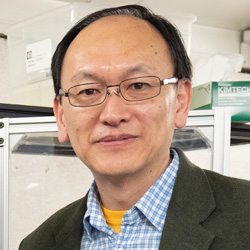
Soft batteries
Liwei Lin, professor of mechanical engineering and the James Marshall Wells Academic Chair, leads a team developing deformable or “soft” batteries that are safer for items such as cell phones but could also be embedded in curved or flexible devices — even clothing — that won’t allow rigid batteries like today’s lithium ion batteries. The new technology uses a non-toxic hydrogel electrolyte that his lab developed instead of organic electrolytes, which are toxic and flammable. Their solution holds great promise as a ubiquitous energy source for future batteries in consumer electronics, digital healthcare and beyond.
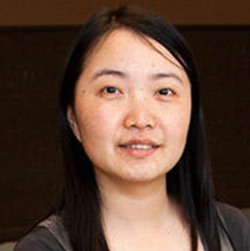
Better drug screen
Wenjun Zhang, associate professor of chemical and biomolecular engineering and the Charles Wilke Professor in Chemical Engineering, is addressing a major problem in drug discovery today: despite the fact that two-thirds of today’s drugs are based on chemicals found in plants, bacteria and animals, drug companies find them hard to screen as potential therapeutics. She proposes to speed natural product-based drug discovery and development by building a new detector that can be applied to screen natural chemicals for drug activity while also identifying their protein targets in the body. This detector, using yeast, will expand the pool of potential drugs and of proteins for targeted drug development.
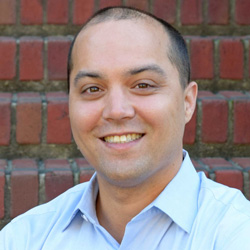
Novel way to kill cancer cells
James Olzmann, associate professor of molecular and cell biology and of nutritional sciences and toxicology, is leveraging a recent discovery in his lab to target cancer cells that fail to self-destruct, something damaged cells normally do in what’s called apoptosis, or programmed cell death. He proposes, instead, to trigger cell death through an iron-mediated system called ferroptosis, using drugs he has identified to knock out an inhibitor of ferroptosis. One key target is lung cancer, the second most common cancer today, but the technique could also be used to target cancers of the pancreas, kidney and brain.
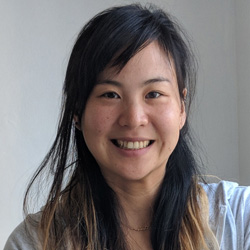
Immersive photography
Angjoo Kanazawa, assistant professor of electrical engineering and computer sciences, plans to make 3D immersive photography a reality, aiming for 360 consumer cameras that capture the world as it really is, in motion, not as a static, flat image. To do this, she is developing an artificial intelligence framework that utilizes the latest volumetric neural rendering techniques for practical photo-realistic capture. Her ultimate goal is to develop a 360 camera that can capture 4K video at 90 frames per second.
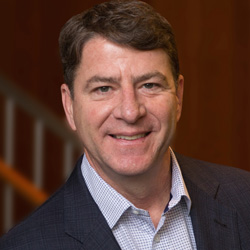
Repairing ulcer damage in IBD
Phillip Messersmith, professor of bioengineering and of materials science and engineering and the Class of 1941 Professor, is developing a regenerative therapy for the intestinal ulcers that accompany inflammatory bowel disease (IBD) — ulcerative colitis and Crohn’s disease, which together afflict some 6 million people in the U.S. He plans to deliver to the ulcers an encapsulated drug that his team showed induces scarless healing of lesions in mice. A protein derived from mussels will tether the drug capsules in the intestine to allow time for the drug to accelerate the re-epithelialization and healing of ulcers, reducing the risk of relapse.
